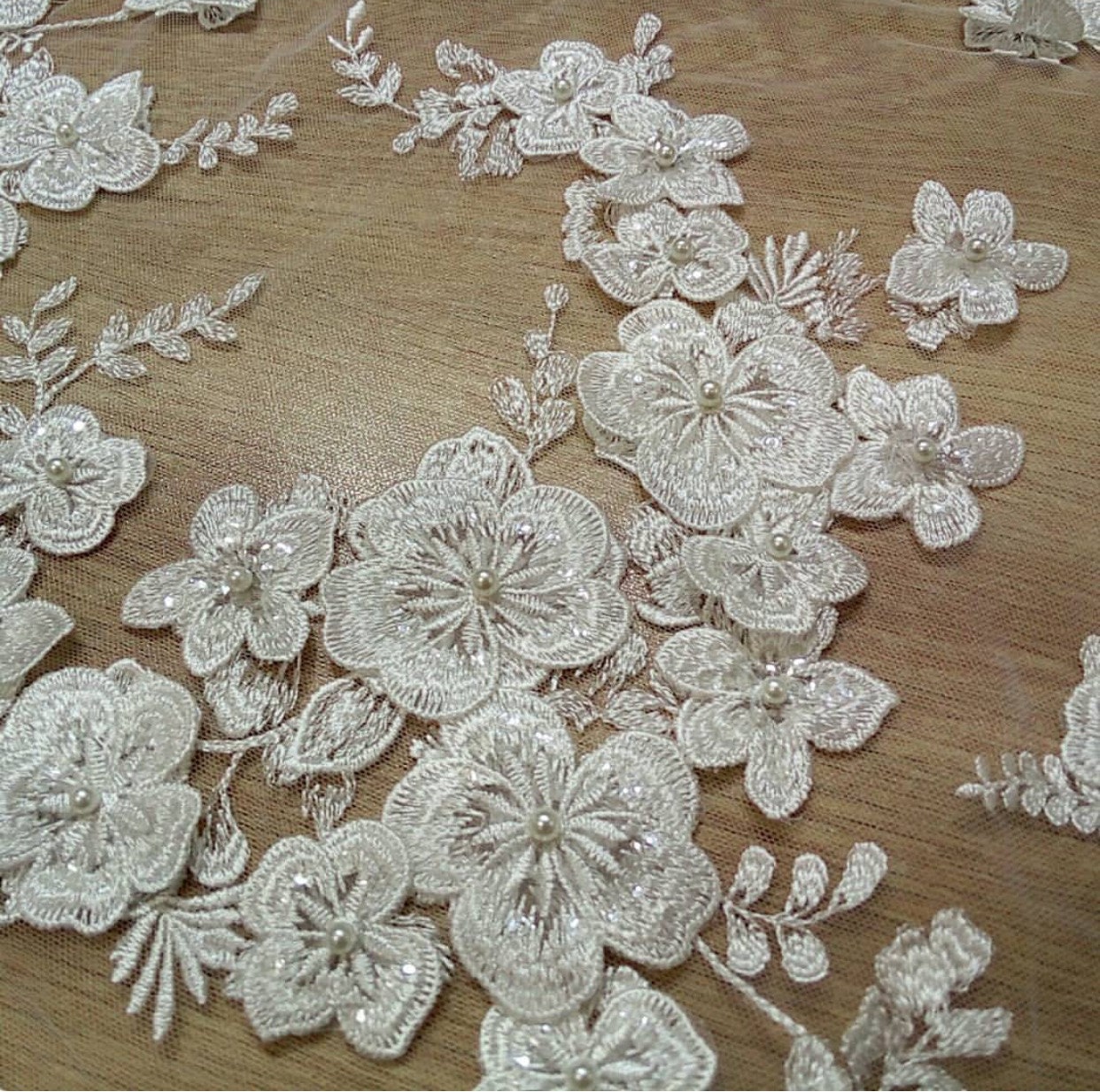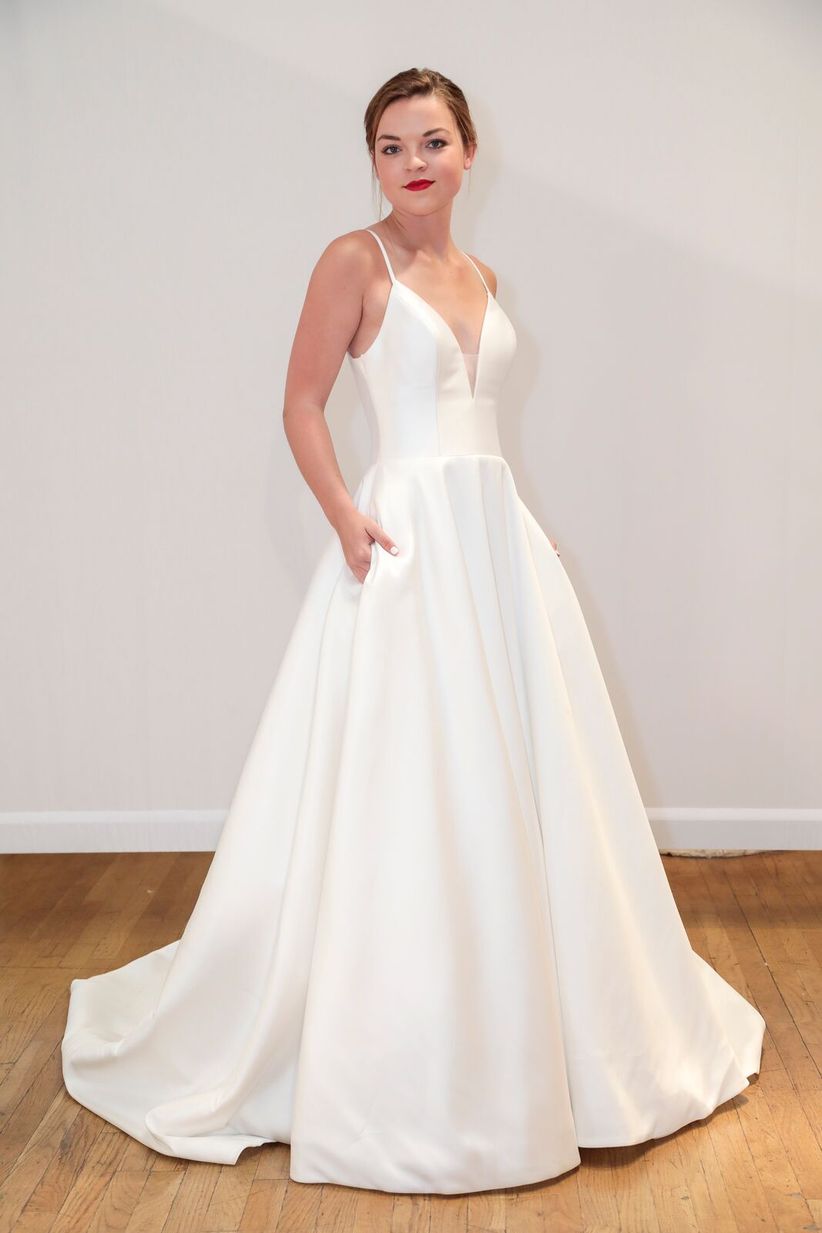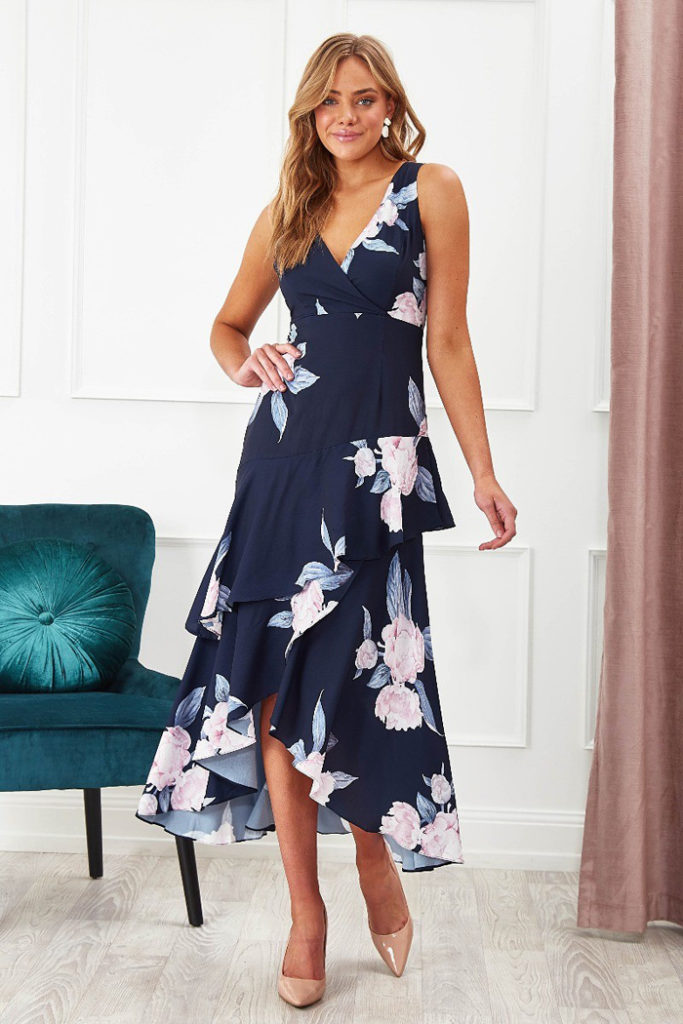Bridal guide to popular wedding dress fabric
Table of Contents
Table of Contents
Getting married is one of the most important moments of your life, and choosing the perfect wedding dress is a crucial part of that special day. But with so many options to choose from, how do you know which wedding dress fabric is right for you? In this article, we’ll explore the different types of wedding dress fabric and help you make an informed decision for your big day.
Understand The Importance Of Wedding Dress Fabric
Choosing the right wedding dress fabric can make all the difference in how you look and feel on your wedding day. Without the right fabric, even the most beautiful dress can feel uncomfortable, heavy, or simply not fit right. Your choice of fabric can also impact the overall style and look of your dress, from the way it drapes to the texture and shine.
Start with the Basics: Cotton or Synthetic?
When it comes to wedding dress fabric, there are two basic types to consider: cotton and synthetic. Cotton is a natural fiber that is breathable, comfortable, and easy to work with. Synthetic fabrics, on the other hand, are man-made and can offer a wider range of textures and finishes, as well as better resilience and durability.
While cotton fabrics are perfect for a laid-back, more casual wedding, synthetic fabrics are ideal for more formal occasions or for dresses that require a certain level of structure or flow. Consider your wedding setting, theme, and personal preferences to determine which type of fabric is right for you.
Popular Synthetic Wedding Dress Fabrics
There are several popular synthetic wedding dress fabrics to consider:
1. Tulle
Tulle is a netted fabric that is commonly used in wedding dresses to create layers, texture, and volume. It is a lightweight fabric that drapes beautifully and can add a romantic, whimsical touch to your gown. Tulle is often used for ballgown-style dresses or dresses with a lot of movement.
2. Satin
Satin is a shiny, smooth fabric that is often used in wedding dresses to create a luxe, glamorous look. It is a versatile fabric that can be used for everything from form-fitting dresses to voluminous ballgowns. Satin is a durable fabric that can hold up well against wear and tear, making it a great choice for a dress you plan to wear all day and night.
3. Organza
Organza is a crisp, sheer fabric that is often used for overlays, trimmings, or as an alternative to traditional silk chiffon. It can add a subtle shimmer or sheen to your wedding dress and can create a more structured look.
4. Lace
Lace is a delicate, intricate fabric that can add a touch of vintage elegance to your wedding dress. It can be used to create sleeves, overlays, or as a trim to add texture and dimension to your gown. Lace comes in a wide variety of styles, from modern geometric patterns to classic floral designs.
Questions and Answers About Wedding Dress Fabric
Q: Should I choose a lightweight or heavier fabric for my wedding dress?
A: It depends on the look you’re going for and the weather conditions of your wedding day. A lightweight fabric like chiffon or tulle can add a romantic, ethereal feel to your dress and is perfect for a summer wedding. A heavier fabric like satin or velvet can create a more dramatic, luxurious look that is perfect for a winter wedding.
Q: How can I tell if a fabric is durable enough to wear all day?
A: Look for fabrics that feel substantial and hold up well to touch and movement. Synthetic fabrics like satin or taffeta are often good options for their resilience and durability. You can also talk to your dressmaker or bridal consultant for advice on the best fabrics for all-day wear.
Q: Can I mix and match fabrics to create a unique wedding dress?
A: Yes! Mixing and matching fabrics can create a unique, custom look that reflects your personal style. Consider combining textures like lace and tulle, or layering fabrics like chiffon and organza to create a multi-dimensional look.
Q: How do I care for my wedding dress after the big day?
A: Different fabrics require different care instructions, but typically, wedding dresses should be professionally cleaned and stored in a cool, dry place with lots of space to breathe. Avoid hanging your dress by the straps or sleeves, as this can cause stress on the fabric over time.
Conclusion of Wedding Dress Fabric
Choosing the right wedding dress fabric can seem overwhelming, but with the right guidance and preparation, you can find the perfect fabric to make you feel confident, comfortable, and beautiful on your special day. By understanding the different types of wedding dress fabric and considering your personal style, theme, and setting, you can choose a fabric that makes you feel like the best version of yourself on your wedding day.
Gallery
Bridal Guide To Popular Wedding Dress Fabric | Weddingbee Photo Gallery

Photo Credit by: bing.com / wedding dress bridal organza fabric dresses maggie sottero sweetheart skirt taffeta gowns guide london neckline gown bodice popular line lace
Bridal Guide To Popular Wedding Dress Fabric | Weddingbee Photo Gallery

Photo Credit by: bing.com / wedding ball dresses gown dress taffeta strapless bridal puffy embroidery beaded designer elegant fabric mermaid embellished gowns bodice lace ct
Ivory Lace Wedding Dress Fabric Tulle Lace Beaded Lace Fabric

Photo Credit by: bing.com /
1 Yard Exquisite Sequin Cotton Embroidered Flower Lace Fabric Bridal

Photo Credit by: bing.com / dress wedding fabric lace embroidered bridal sequin flower cotton exquisite prom gown yard 145cm wide
The 8 Wedding Dress Fabrics To Know Before You Shop - WeddingWire

Photo Credit by: bing.com / dress wedding fabrics weddingwire mikado know before shop





